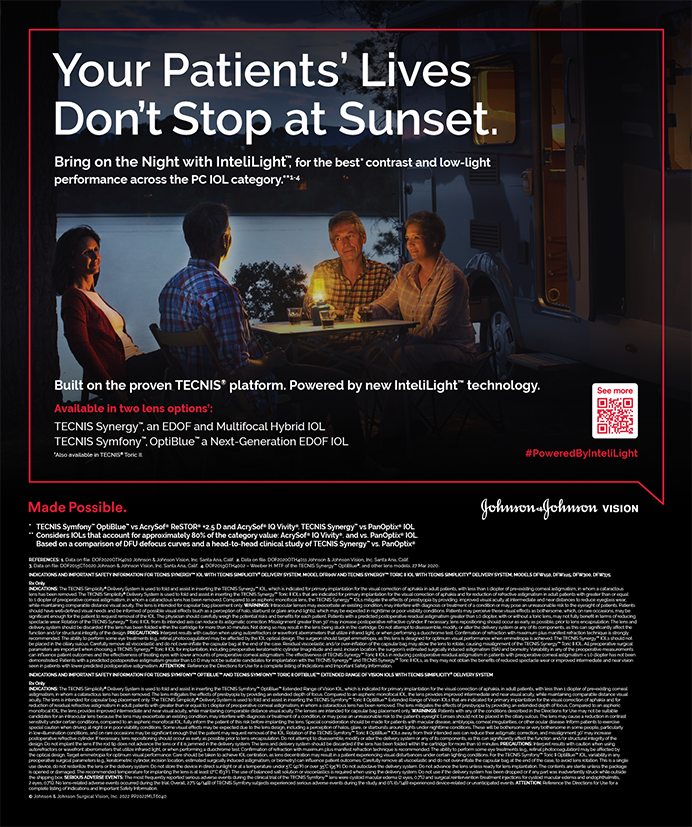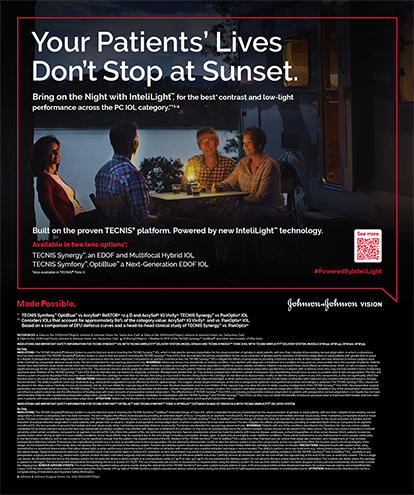This edition of Cataract & Refractive Surgery Today looks at premium IOLs, not so much at the technology or surgery but the lenses' practical implementation. Contributing authors cover conversion rates, how to incorporate these lenses into an ophthalmic practice, understanding the patient, and pearls for success.
Refractive IOLs are an important topic. By the year 2020, the number of people in the United States over the age of 65 will double. That figure includes the baby boomers, and no other demographic group is larger. Medicare will likely be maxed out and is on track to pay only about $150 for a cataract procedure with the implantation of a standard IOL. For readers who are residents today or just starting practice, the premium IOL market will likely be what supports you and your family.
When I was a resident, a great "wave" of patients were undergoing phacoemulsification. This procedure built practices, both large and small. Then came RK, followed by LASIK. Both became the main, if not the only, procedure many surgeons performed. Now, refractive IOLs are poised to become the main surgery that many of us perform. They will be my fourth wave.
At present, however, only 6.4% of all IOLs implanted in the United States are premium lenses (data on file with Bausch & Lomb). In my own practice, they represent 64% of my IOL volume, when I believe that figure should be 85%! Every practice is different, and mine is focused on refractive surgery. I believe premium IOL surgery is a refractive much more than a cataract procedure. It is performed on "healthy" eyes, patients pay for at least part of the procedure themselves, and they expect perfect vision right away. Bingo, refractive surgery!
What are the hurdles? The lenses are excellent and improving. Today's technology is far superior to a standard monofocal lens. The Crystalens (Bausch & Lomb), with the latest HD modified central optic, has recently attained a 51% share of the US market. The new AcrySof IQ Restor IOL +3.0 D (Alcon Laboratories, Inc.) and the Tecnis Multifocal lens (Advanced Medical Optics, Inc.) are receiving excellent early reviews as well. Money is a factor, but most patients realize that the price is discounted by their insurance and that this is their only opportunity to pay for better, more useful vision.
I believe the main reason for the low conversion rate is our own comfort and confidence with the surgery. Many purely cataract surgeons do not manage astigmatism. We fear complications. We are not geared to counsel cataract patients as refractive patients, and we do not tell them about their IOL options. A 2008 survey of 692 patients who received monofocal lenses revealed that 81% would have paid for a premium lens if given the choice (data on file with Business Management Group [Newbury Park, CA]). Most patients are not even told about this technology!
Premium IOLs will be the next wave. Patients will recognize these lenses as a real benefit and a true value. When else can they purchase something that will help them see well during every waking moment of the rest of their lives?
Stephen G. Slade, MD
Chief Medical Editor


